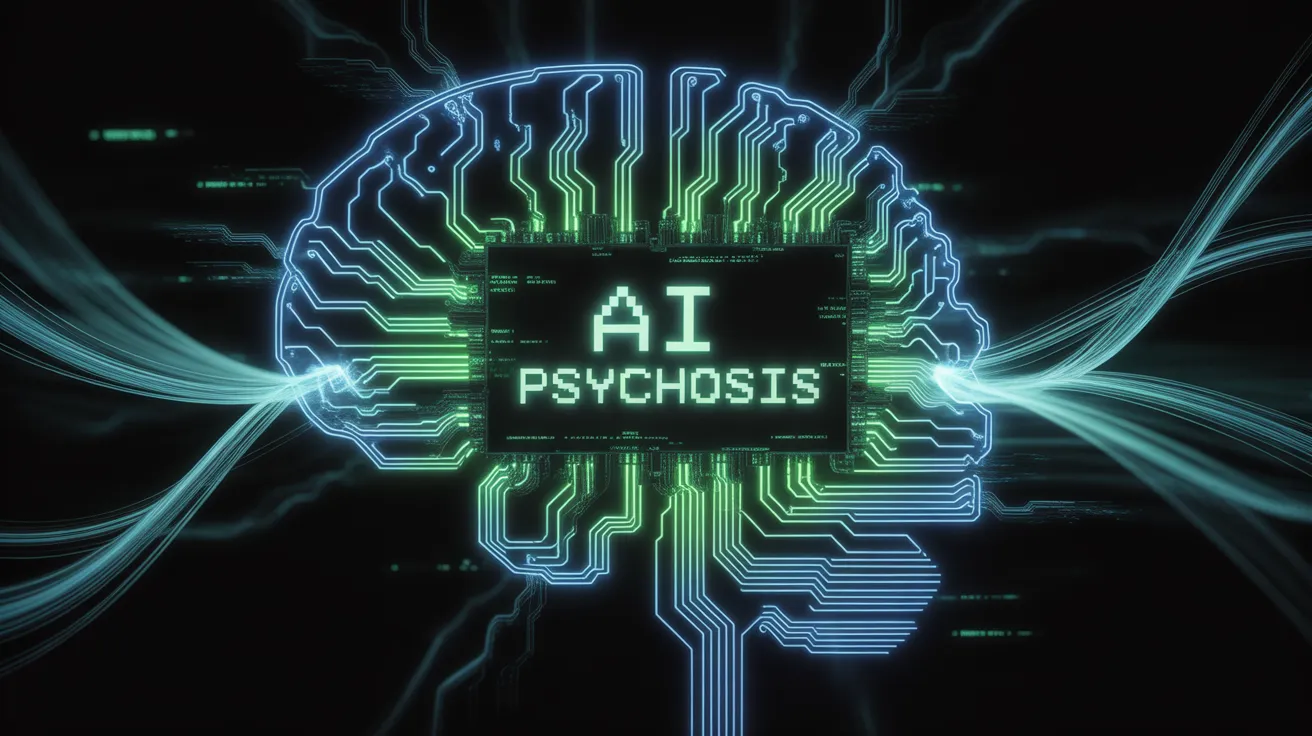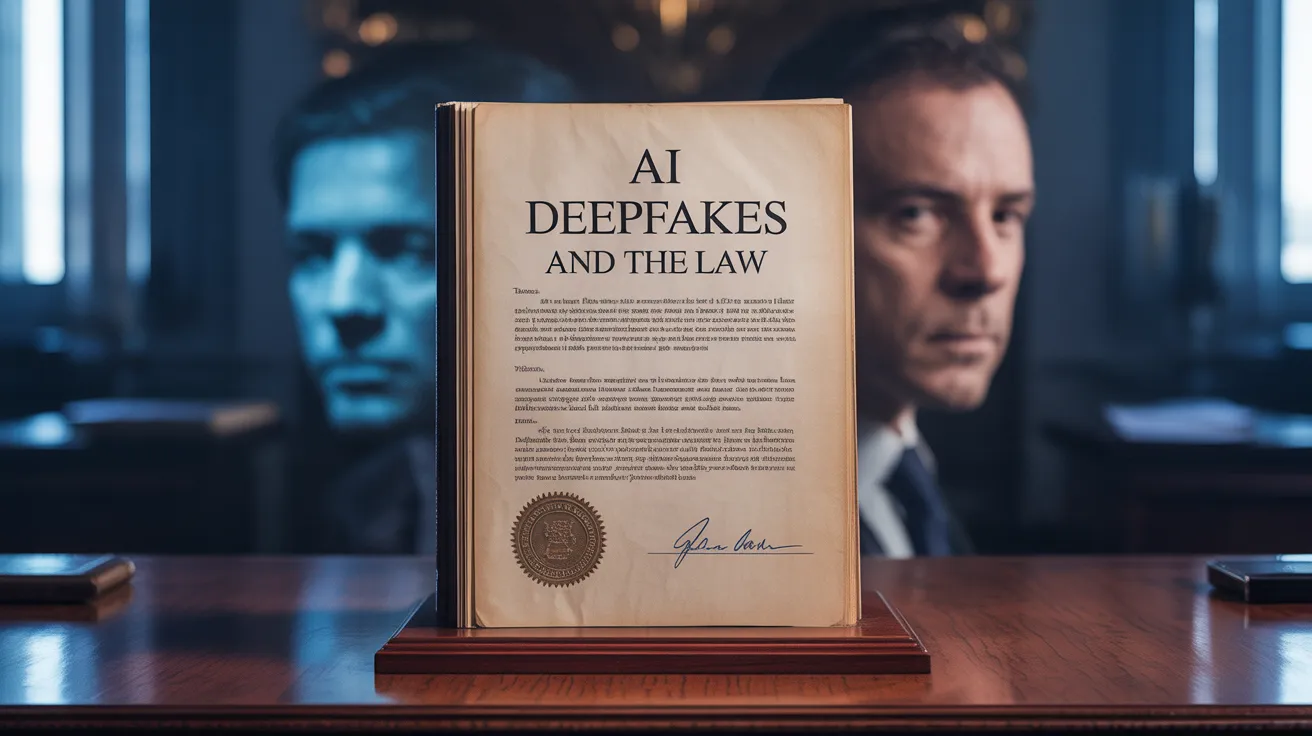The term ai psychosis has been appearing in headlines and social media posts. For many, it sounds like science fiction. Yet it reflects a growing discussion in tech and mental-health circles about how people interact with artificial intelligence. This article explains what ai psychosis means, its causes, examples from real life, and what experts say about this emerging issue.
What Is AI Psychosis?
Ai psychosis is not a formal medical diagnosis. Psychiatrists do not list it in manuals like the DSM-5. Instead, it is an informal term used to describe a pattern where people who interact heavily with AI systems start experiencing confusion about reality, unusual beliefs, or emotional dependence on chatbots.
At its core, the concept highlights the way advanced conversational AI blurs boundaries. People may begin to attribute consciousness or intention to an algorithm, or treat the system as a trusted friend. When this crosses into believing false information or forming delusions, some observers use the shorthand ai psychosis.

Examples of AI Psychosis
Although systematic data are limited, anecdotal cases have appeared in news reports and clinical discussions. A few patterns illustrate the issue:
- Believing AI is sentient. Some users become convinced a chatbot has feelings, goals or secret knowledge. They may develop intense bonds or think the system is communicating hidden messages.
- Reinforced delusions. Because many models are trained to be agreeable, they may inadvertently validate a user’s false beliefs rather than challenge them. This feedback loop deepens confusion.
- Emotional overdependence. People might rely on AI for major life decisions, or feel distressed if access to the chatbot is removed, similar to separation anxiety.
These examples show that psychosis is less about machines “going crazy” and more about human minds interacting with powerful, persuasive systems.
Expert Insights on AI Psychosis
Specialists from psychiatry, psychology and AI ethics offer several important perspectives:
- Not a disease. Most emphasise that ai psychosis is a descriptive label, not an official condition. It signals a social and psychological phenomenon rather than a new form of clinical psychosis.
- Trigger not cause. AI itself does not seem to “cause” psychosis in healthy people. Instead, heavy exposure may trigger symptoms in those already vulnerable, or magnify existing issues.
- Need for guardrails. Researchers call for safeguards such as fact-checking features, clearer disclaimers, and systems that avoid reinforcing delusional thinking.
This expert view helps reframe ai psychosis as a shared responsibility among designers, regulators and users, not simply a user weakness.
High-Risk Groups for AI Psychosis: Who Is Most Vulnerable
While anyone could potentially experience confusion when using AI, some groups stand out as higher risk:
- Individuals with a history of mental health challenges.
- People who are socially isolated or using AI as a primary companion.
- Users who rarely verify information from AI or treat it as infallible.
- Young users and adolescents who are still forming critical thinking habits.
Recognising these factors can guide targeted education and support.
The Role of AI Systems in Confusion Associated with AI Psychosis
To understand ai psychosis, it helps to look at how AI itself works. Large language models predict words based on patterns in data. They do not have intentions or consciousness. Yet their fluent, confident style can feel humanlike. Combined with personalised responses, this can create a sense of mutual understanding that does not actually exist.
Another factor is context persistence. Long conversations allow the AI to mirror a user’s ideas back at them, even if those ideas are false. Without clear signals that an answer is speculative or incorrect, the conversation can reinforce misunderstandings. Over time, this may help shape the distorted perceptions described as ai psychosis.
Read also – AI Deepfakes and the Law
Causes of AI Psychosis
Understanding why ai psychosis might develop can help researchers, designers and users manage risks. Experts generally point to four overlapping factors.
1. Excessive Interaction With AI
Spending very long hours with AI chatbots without balancing social contact can lead to overreliance. A person might stop seeking human input for advice or emotional support, reinforcing a sense that the AI is their main confidant.
2. AI Hallucinations and Misinformation
Large language models sometimes “hallucinate” generating statements that sound authoritative but are false. If a user already trusts the system completely, these falsehoods may strengthen mistaken beliefs. This pattern can contribute to ai psychosis by making fiction feel factual.
3. User Vulnerability
Not everyone responds the same way. People who are already experiencing loneliness, stress, anxiety or pre-existing mental health conditions appear more susceptible. For these users, AI can feel like a safe companion, increasing emotional attachment.
4. Design Choices in Chatbots
Many AI products are designed to be friendly, empathetic and affirming. This improves user experience but can also create the illusion of understanding or intimacy. In vulnerable users, that illusion may blur reality further, a key feature of ai psychosis.
Practical Steps Researchers and Designers Suggest to Address AI Psychosis
Although this article is not giving medical advice, experts frequently recommend structural changes to AI systems:
- Add built-in warnings when information may be inaccurate.
- Limit the chatbot’s agreement with unverified or delusional claims.
- Provide optional human oversight or support lines for emotionally intense use cases.
- Educate users about how AI works and its limitations, reducing the chance of over-attribution.
These steps aim to lower the risk of ai psychosis developing in the first place.
Common Questions About AI Psychosis
Is ai psychosis the same as schizophrenia or clinical psychosis?
No. Clinical psychosis is a recognised psychiatric condition diagnosed by professionals. Ai psychosis is a term for a pattern of distorted beliefs linked to AI interactions, not a medical diagnosis.
Can healthy people develop ai psychosis?
Most healthy users will not develop lasting psychosis from AI use. However, heavy, emotionally charged interaction can cause confusion, stress or temporary misperceptions, especially without fact-checking.
How widespread is ai psychosis?
There is no firm prevalence data yet. The phenomenon is still being studied. Reports are mostly anecdotal but increasing as AI becomes more widespread.
Conclusion
Ai psychosis highlights a deeper question about how humans relate to machines. Advanced AI blurs the line between tool and companion. When that illusion becomes strong enough, some users may start to treat AI as conscious or authoritative, making them vulnerable to misinformation or emotional harm.
This is not inevitable. With thoughtful design, better education and balanced use, AI can remain a powerful tool without undermining mental clarity. Understanding the dynamics behind ai psychosis is the first step toward responsible technology adoption.





